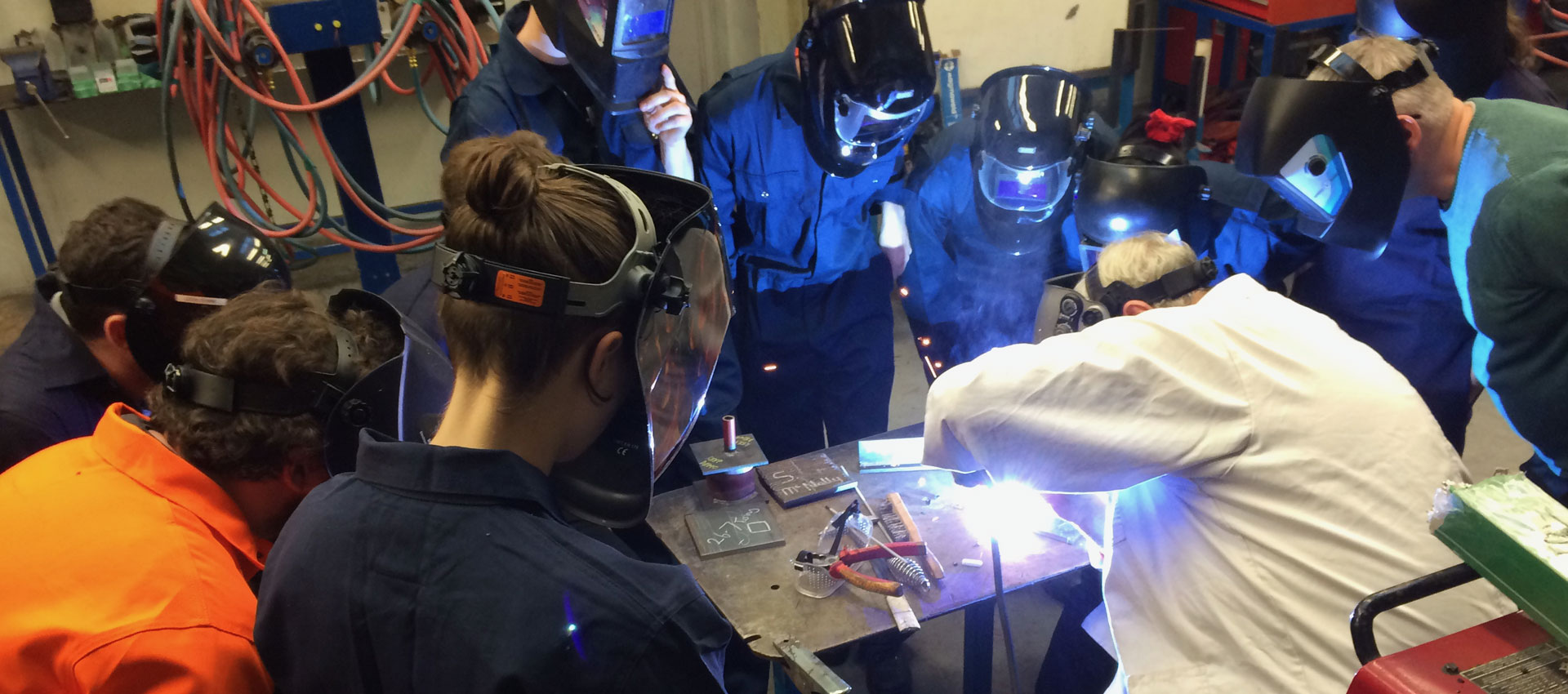Total apprenticeship population has climbed to 27,470, with 8,712 new registrations.
Record numbers registered as apprentices last year amid signs that the stigma over taking up “earn and learn” options is fading.
Latest figures show there were almost 9,000 new registrations last year, marking an increase of more than 60 per cent over the past three years. The bulk of new registrations were in the construction sector.
The number of school-leavers registering as apprentices fell dramatically following the economic crash, while Minister for Further and Higher Education Simon Harris has said an “obsession” with securing a degree in college had led many to discount it as an option.
However, interest in the area has rebounded amid evidence of skills shortages and potential for high earning in the sector. Many offer students the option of training on the job and securing a degree-level qualification in a local further education college or technological university.
The total apprenticeship population has climbed to 27,470, with 8,712 new registrations last year.
The range of apprenticeships on offer has grown to more than 70, with new options due to become available over the coming months in areas such as construction, firefighting, paramedic work and social work.
Overall, the bulk of apprentices are in the traditional craft sector (almost 23,140) which includes construction, plumbing and mechanics. The most popular options in this area are electrical (10,153), followed by plumbing (2,424), carpentry and joinery (2,424) and motor mechanics (1,452).
There is growing interest in newer apprenticeships – which often include a degree-level qualification – in areas such as engineering, financial services, ICT and logistics.
The most popular of these include hairdressing (547), accounting technician (403), auctioneering and property services (267), insurance practitioner (257), retail supervision (234), software development (233), manufacturing technology (222) and manufacturing engineering (172).
Mr Harris said increasing the number of apprentices would be key to meeting Government targets in areas such as house building and climate action.
“We know we need thousands more workers in some of our key craft sectors and to help achieve our climate goals,” he said. “The future of this country will be safeguarded by our skilled apprentices so we must put all the tools at the disposal of young people to avail of these opportunities and get trained in areas where there is need for an increase in workers.”
He said the Government was on track to meet its target of having 10,000 new apprentices every year by 2025.
“We want to make apprenticeships as accessible and available as possible. That requires us constantly altering and changing what we can offer to people. I am really pleased to see some key areas now moving to this way of delivering third-level education,” he said.
He said new apprenticeship programmes are intended to start from mid-2024 and later in the academic year, such as paramedics, social work, roofing and cladding, and degree and masters level apprenticeships in civil engineering, digital marketing and beauty therapy.
Dr Mary-Liz Trant, director of the National Apprenticeship Office, said that by the end of this year there will be more than 80 national apprenticeship programmes available in Ireland across a broad range of “really dynamic industry areas”.
“The National Apprenticeship Office is delighted to support employers and the enterprise community in meeting skills needs and supporting talent development and retention through the apprenticeship route,” she said.
Of the overall apprentice population of 27,470, a total of 2,272 are women.
Dr Trant also said work was progressing to clear a backlog of apprentices whose training was delayed due to factors linked to the Covid-19 pandemic.




